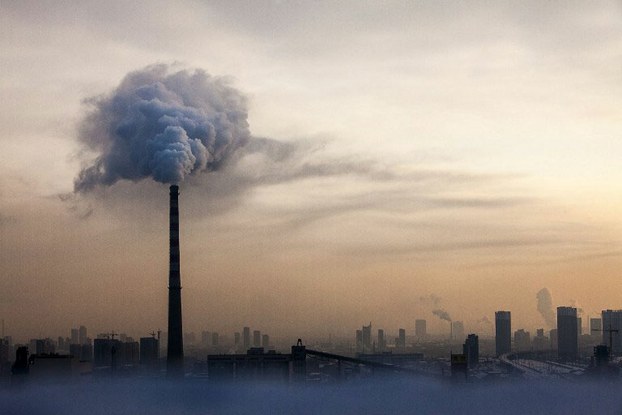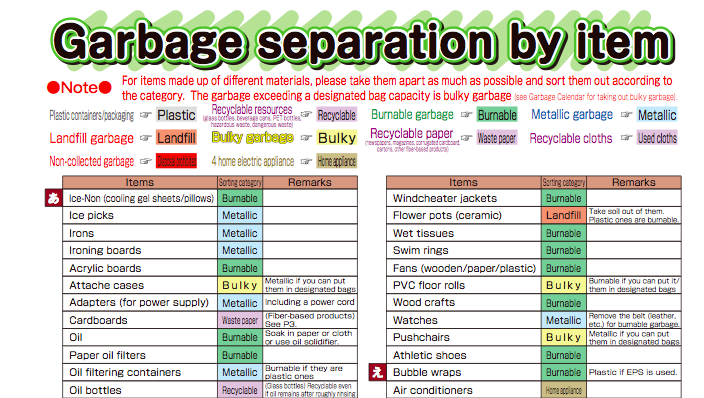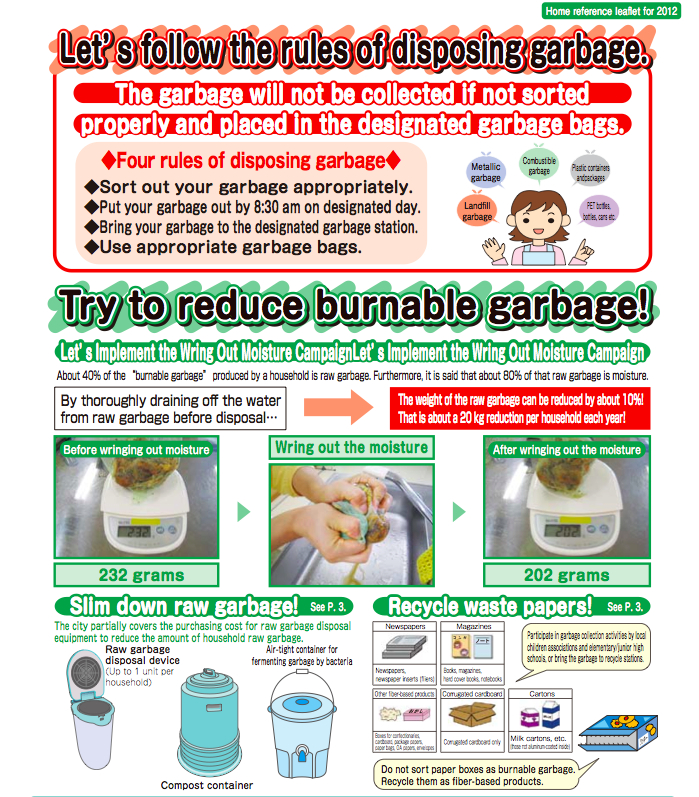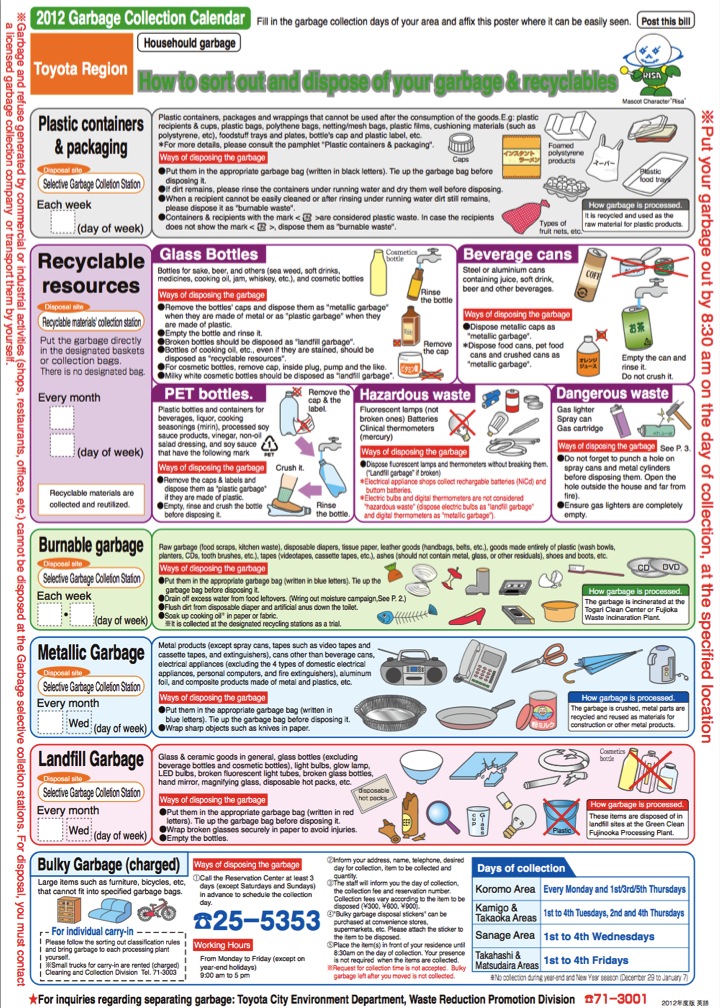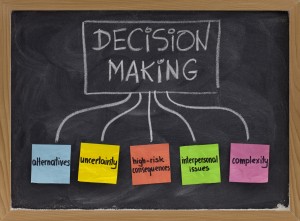Started in 2010 Bakey’s Food, established in India was created to use as an alternative to disposable plastic/wood cutlery and bamboo chopsticks.
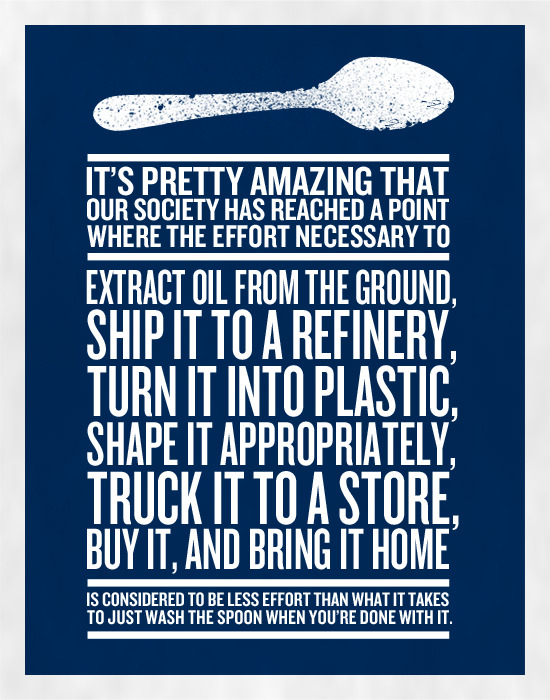
Worldcentric.org estimates 40 billion plastic utensils are used every year in just the United States. The majority of these are thrown out after just one use. Although plastic can be recycled, only 6% of all plastic waste is recycled in the US. Furthermore, most plastic cutlery is made from Styrofoam and is very difficult to recycle. The problem is that these plastic spoons that are rarely used and then easily disposed but hard to recycle and impossible to compost.

In the past there has been interesting alternatives like wooden or even bamboo utensils however this is the first time that I have heard of an edible spoon!

This spoon is made of flour and baked in the oven; with customizable flavours it’s an interesting way to eat food. However, there are limitations, because of the edible nature of the spoon, it gets soggy after 10 minutes dipped in liquids, which is not ideal. But other than that, I think the spoon has huge potential, what are your thoughts on this innovation? Do you think it will work? It seems like there is a trend towards compostable material whether in packaging or in utensils that is replacing the traditional plastic.
Last but not least some interesting infographics about plastics!




